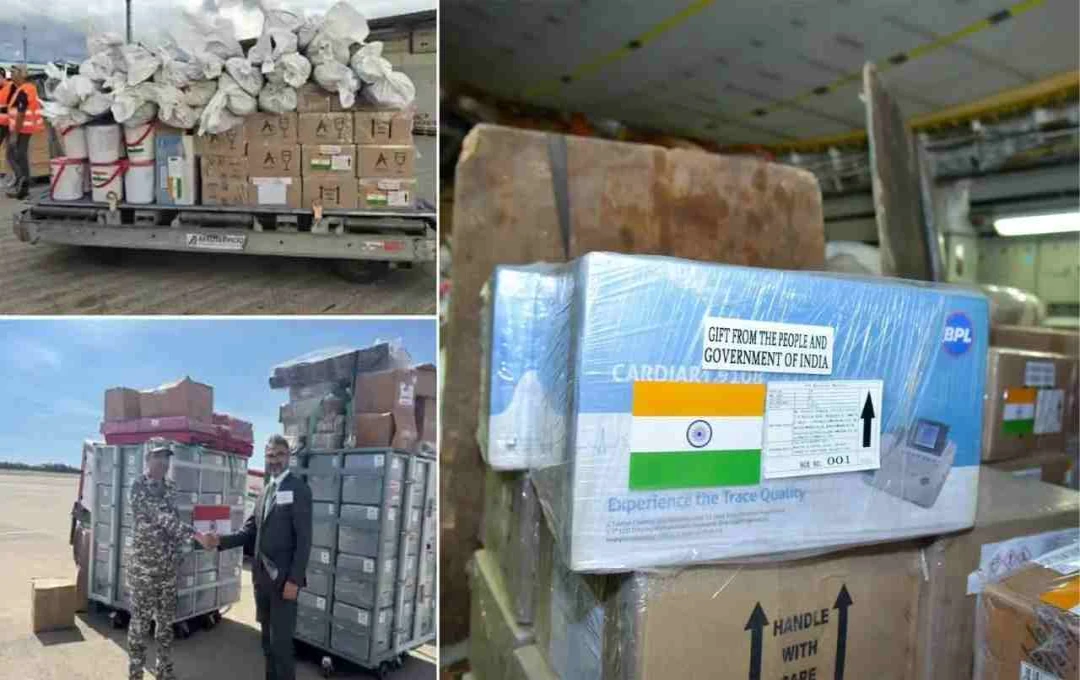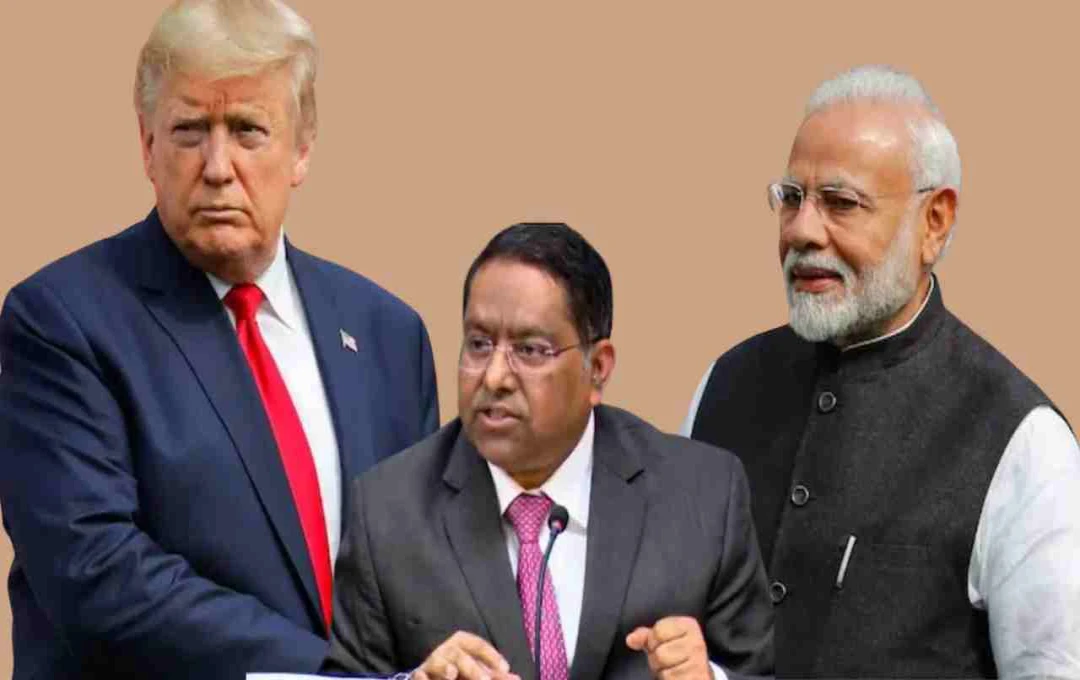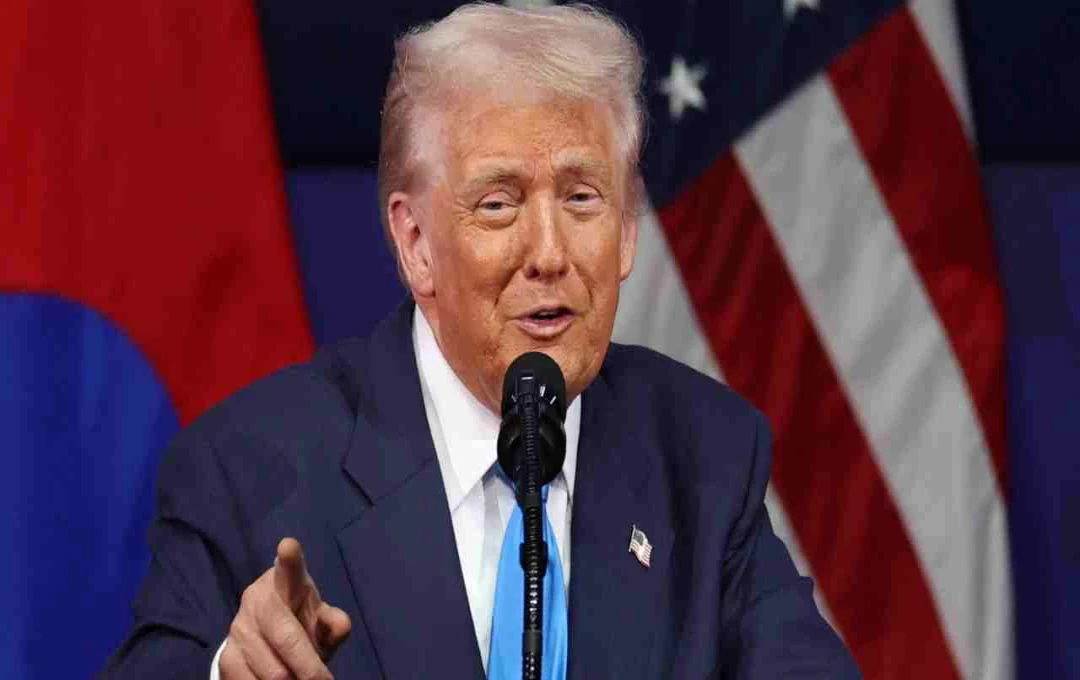Apple was the largest contributor to smartphone exports from India in the April-June 2025 quarter. According to a Business Standard report, Apple exported iPhones worth $6 billion, or approximately ₹50,000 crore, through its vendors during this quarter. This figure is 82 percent higher than the same quarter last year.
In the first quarter of last year, India exported only $3.2 billion worth of smartphones. In contrast, Apple alone has made such a significant contribution in the first three months of this year, setting a new record. This is considered a major achievement for the smartphone industry.
Benefits Extended Beyond Smartphones to the Entire Electronics Sector
Not only smartphones, but India's total electronics exports also saw a substantial increase during this period. In the first quarter of fiscal year 2026, total electronics exports reached $12.4 billion, compared to $8.4 billion in the same period last year.
Thus, the entire electronics sector recorded a growth of 48 percent. Smartphones accounted for the largest share of this growth, at 62 percent this time, compared to 58 percent last year.
Expanding Scope of iPhone Manufacturing in India

Apple's manufacturing plants in India are gradually expanding. Companies like Foxconn, Wistron, and Pegatron are manufacturing iPhones for Apple in India. Manufacturing has accelerated in India through these vendors, which has also boosted exports.
Apple is now making India its second most important manufacturing base after China. Under the 'Make in India' campaign, Apple is also receiving support from the government, which is facilitating the company's operations here.
US Tariff Policy Becomes a Cause for Concern
While this is a time of achievement for Apple and India, the potential for threats looms due to US policies. The US government is currently conducting an investigation under Section 232 of the Trade Expansion Act of 1962.
The purpose of this investigation is to determine which imported products could harm US national security. If Indian products are placed in this category during the investigation, heavy tariffs or import duties could be imposed on them.
Report Expected by August 14
The report of this investigation is expected to be released by August 14. If the US government decides to impose tariffs on products like iPhones, exports from India to the US will become more expensive. This will pose a challenge for Apple in terms of increased costs.
Currently, a 25 percent tariff will not be levied on products such as smartphones, laptops, and servers sent from India to the US until the results of this investigation are released. However, if tariffs are implemented after the report, Apple's current export strategy could be affected.
Impact of Coordination Between Government and Companies

Apple's vendors have also greatly benefited from the Indian government's Production Linked Incentive (PLI) scheme. Under this scheme, electronics companies are given incentives to increase production in India.
Due to better coordination between the government and private companies, India now appears to be emerging as a global manufacturing hub. In particular, India's position in the smartphone and consumer electronics sector is better than ever before.
Apprehension of Trump's Return and Potential Impact
Concerns also remain regarding the upcoming elections in the United States. If Donald Trump becomes president again, trade policy could become stricter. The Trump administration has previously increased tariffs on countries such as China and India.
In such a situation, if he returns to power and also targets imports from India, it may become difficult for companies like Apple to sell products in the US. This will also affect India's export growth.
Sectors Other Than Smartphones Could Also Be Affected
Currently, this threat is not limited to smartphones. If the US decides to increase tariffs, laptops, servers, audio devices, and other electronics products sent from India could also be affected.
However, the Indian government is currently monitoring the situation and making diplomatic efforts to prevent tariffs from being implemented. At the same time, companies are also making changes to their logistics and supply chain plans to avoid problems in the US market.














